Five Years After the Flames: Archie Creek Fire’s Enduring Mark on Glide
September 9, 2025 marks five years since the Archie Creek Fire swept through Douglas County, burning 131,500 acres and destroying over 100 homes. Recovery continues as Glide reflects on loss, rebuilding, and resilience in the face of one of Oregon’s most devastating wildfires.
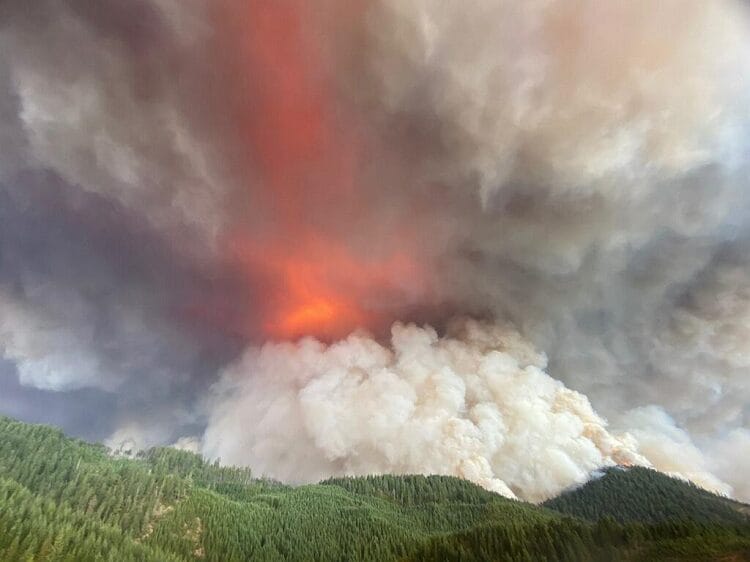
GLIDE, Ore., Tuesday (September 9th) marked five years since the French Creek and Star Mountain fires merged to become the Archie Creek Fire. The 2020 blaze burned for about 70 days and consumed roughly 131,500 acres. It destroyed 109 homes and 143 outbuildings, and it left deep timber and environmental losses across the North Umpqua corridor.
Extreme wind, drought, and heat pushed the fire rapidly through canyons and ridgelines. Within a single day the footprint neared 100,000 acres, and evacuation levels shifted repeatedly as flames advanced toward neighborhoods in and around Glide.
The response grew quickly. More than a thousand personnel rotated through the incident at its peak, including local and federal crews. Air tankers, helicopters, bulldozers, and engines supported hand crews on steep ground. Deputies and volunteers helped families move livestock and pets, and they staffed roadblocks and shelters while firefighters protected homes.
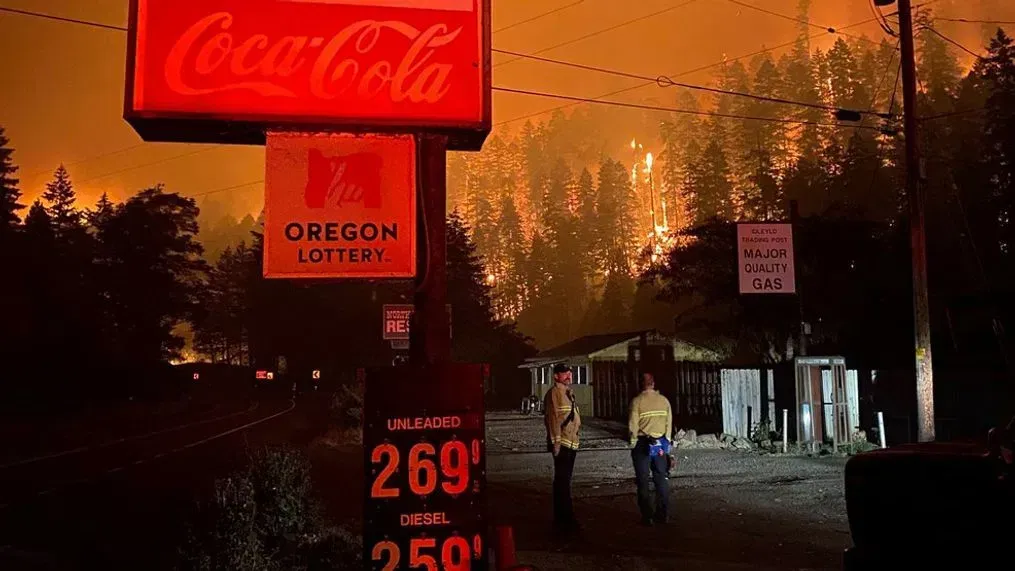
The damage extended far beyond structures. Mature timber stands were lost, popular trailheads and viewpoints along Highway 138 closed for months, and the Rock Creek Hatchery suffered heavy impacts. Crews later focused on hazard tree removal, erosion control, and reopening public access where it was safe to do so.
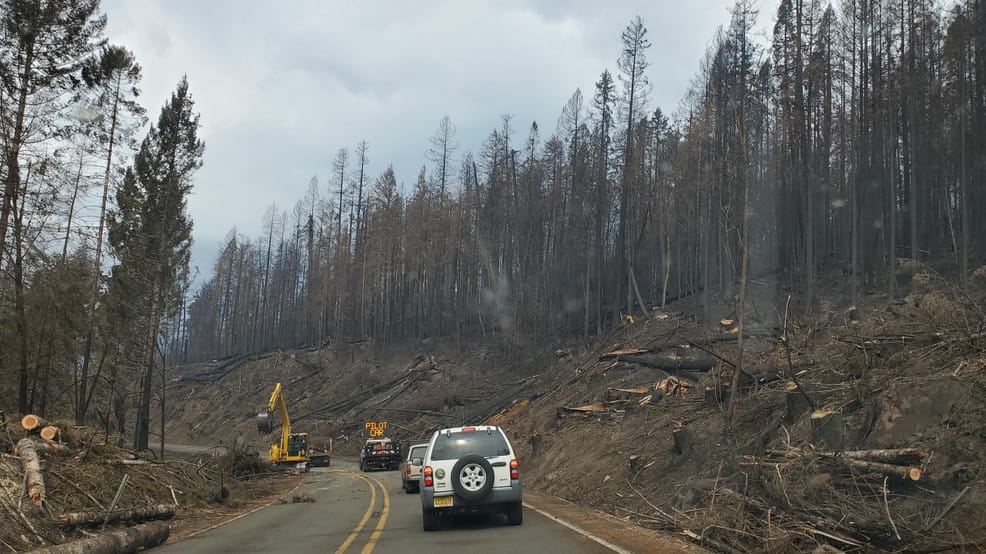
The financial toll remains difficult to capture in a single number. Property loss, timber damage, environmental impacts, and the cost of suppression and recovery place the total for Douglas County in an estimated range of 500 million to 1 billion dollars. Legal and insurance outcomes have unfolded over several years, including settlements connected to residents and timber interests.
Recovery is still underway. Community groups and county partners have worked on debris cleanup, home rebuilding, well and septic repairs, and reforestation. New growth is visible on many slopes, yet blackened trunks remain a reminder of how quickly conditions can change during a severe fire season.
Residents who lost homes describe a long path back. Some have rebuilt on their original parcels, others relocated, and many continue to balance construction timelines with insurance claims and rising material costs. Mental health providers and volunteer networks report ongoing needs each summer when smoke returns to the valley.
Five years later, Glide continues to reflect on what was lost and what has been rebuilt. The landscape shows signs of healing, and the community remains focused on preparation, defensible space, and early evacuation planning. Lessons from 2020 are now part of neighborhood meetings, school programs, and local emergency drills.


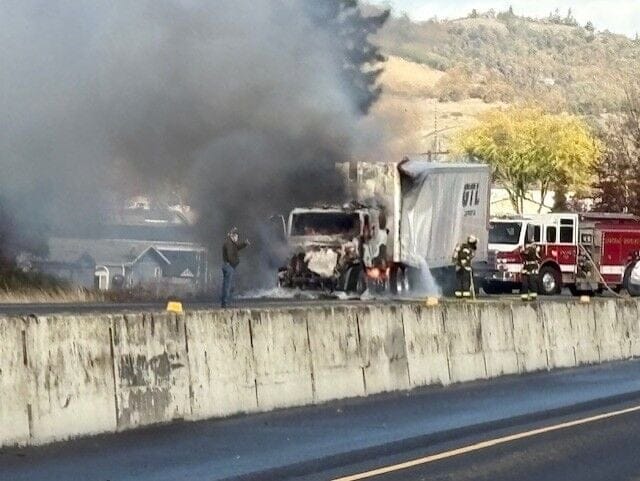
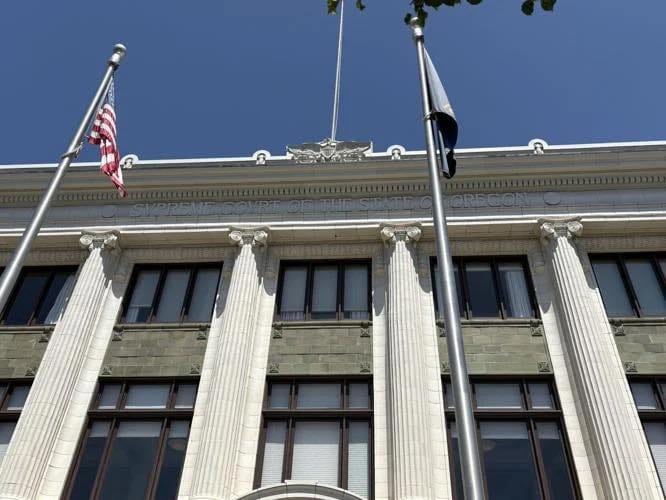
Comments ()